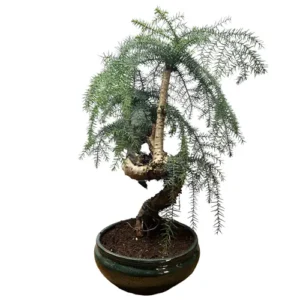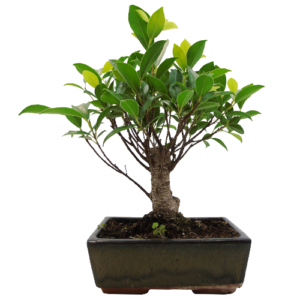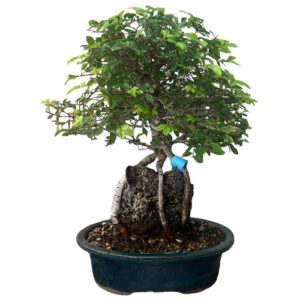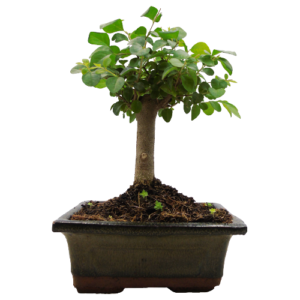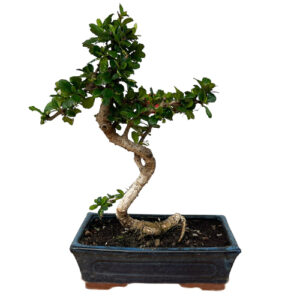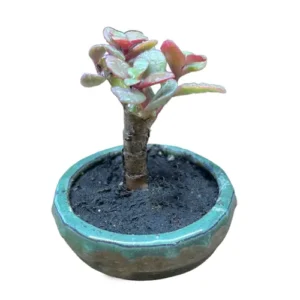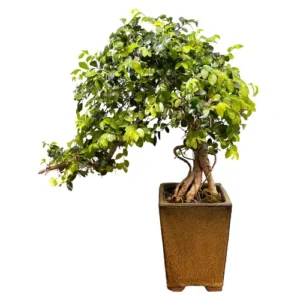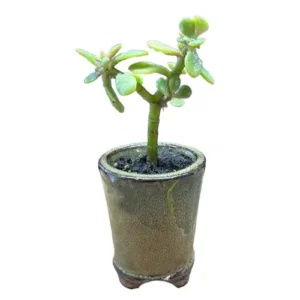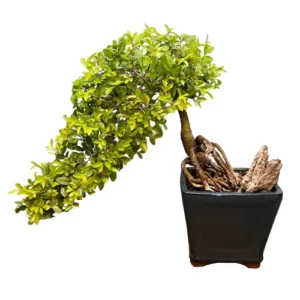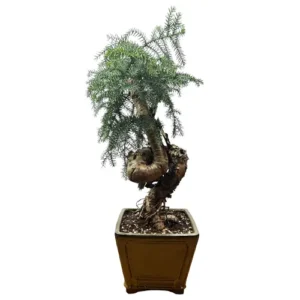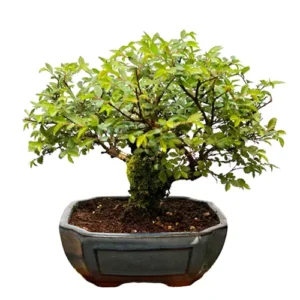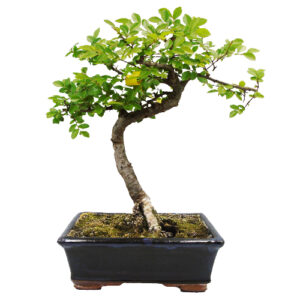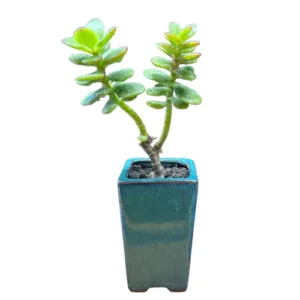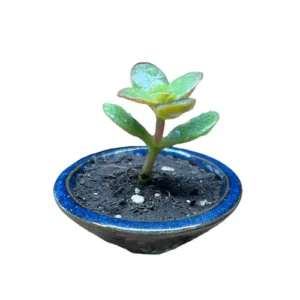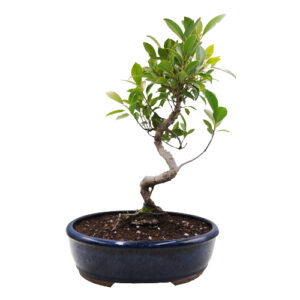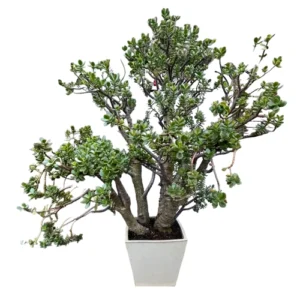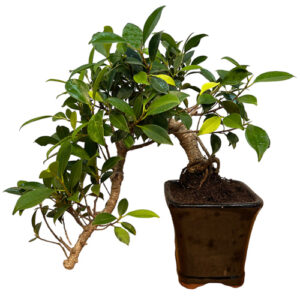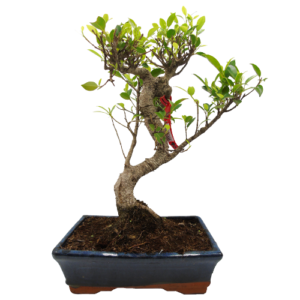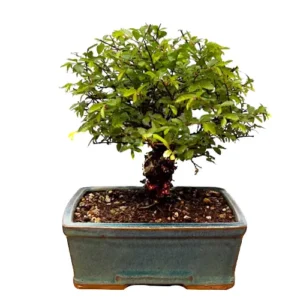Eucalyptus
Eucalypt Bonsai
Native to Australia. These fast-growing evergreens are cultivated world over, proving particularly popular in drier subtropical and tropical regions. While famous for their fragrance, as a bonsai these species are signature for their beautiful, textured bark.
Eucalypt Bonsai Care Tips
Placement
As this species is native to a hot environment and appreciates much humidity, Eucalypt bonsai are best grown indoors in the UK. They can withstand powerful heat and enjoy full sun. Eucalyptus grows best in temperatures above 18 degrees C. Bar one species, Eucalyptus gunni, is not a frost-hardy species and requires winter protection.
Watering
During the growing season, your Eucalyptus bonsai needs watering consistently. Watering frequency should be measured by every time the soil’s top layer feels dry. Despite its fast-growing nature be careful not to overwater the tree. Water with a slight acidity is advisable.
Feeding & Fertilising
Suing solid organic fertiliser, feed your Eucalyptus bonsai once a month across the growing season. Alternatively, liquid feed can be used on a weekly basis across the growing season. Do not use a product that has a high phosphorus content, this can kill off the plant. Moderate your dosage of feed as you go, to find a volume that doesn’t trigger excess growth or leaf size.
Pruning & Wiring
Pruning your bonsai is important not only to create or maintain an aesthetic style but to also ensure optimal health. Remove vertical shoots at any time. Defoliation is only appropriate to considerably healthy trees. Thanks to the strong growth of the plant, heavy pruning is not an issue. New shoots require maturing before pruning. Eucalypts are prone to backbud reliably.
Eucalyptus are responsive to wiring but care must be taken. The wire must be removed in good time as it can mark the bark indefinitely. We recommend using wires with a thickness that matches the thickness of the branch: if the wire you choose is too thick you will damage the bark. If it is too thin, it won’t be effective.
Repotting
Repotting your tree is an important way to provide a fresh and suitable soil mix and ensure appropriate root health. Eucalypts need repotting every 2-3 years. Be careful when root pruning as some species take better to it than others.
Trees that are ready for repotting will require root pruning, a suitable new pot and appropriate soil mix.
When repotting, do not cut back the root mass by a large amount, and choose a well-draining soil mix that has a neutral or slightly higher PH value of 5-6 but not over 7. We tend to use a mixture of different speciality bonsai soils on our trees. Every species is different so please contact us for free soil-mix advice or to take advantage of our repotting service.
Bonsai make for a one-of-a-kind indoor plant offering elegance, nature and art all in one minute form. Across an array of exquisite and erudite species, they all demand their own specific care and cultivation needs in order for their beauty to flourish. We have an extensive library of care guides for indoor bonsai trees so you can make an informed and considered choice. It’s not about selecting the perfect bonsai, it’s about selecting the perfect bonsai for you.
Eucalypt Bonsai - Typical Queries
Do Eucalypt bonsai get pests and diseases?
Eucalytpus is unfortunately a tasty feed for many insects. Grasshoppers, caterpillars, gall wasps, and mealybugs all feed on Eucalyptus leaves, particularly those of a young plant. All these intruders can be removed by hand, if not, use the correct insecticide.
How to propagate Eucalypt bonsai?
Eucalyptus is typically grown from seeds. Propagation is also possible through air layering or using cuttings but neither method is as effective as seed.
Can you keep a Eucalypt bonsai outdoors?
This is dependent on the species being grown. Generally speaking, Eucalyptus come from very warm and bright climates and won’t tolerate the cold of the UK climate. However, it’s worth checking the exact subspecies you are cultivating to see if an outdoor temperate climate is a possible growing environment.

